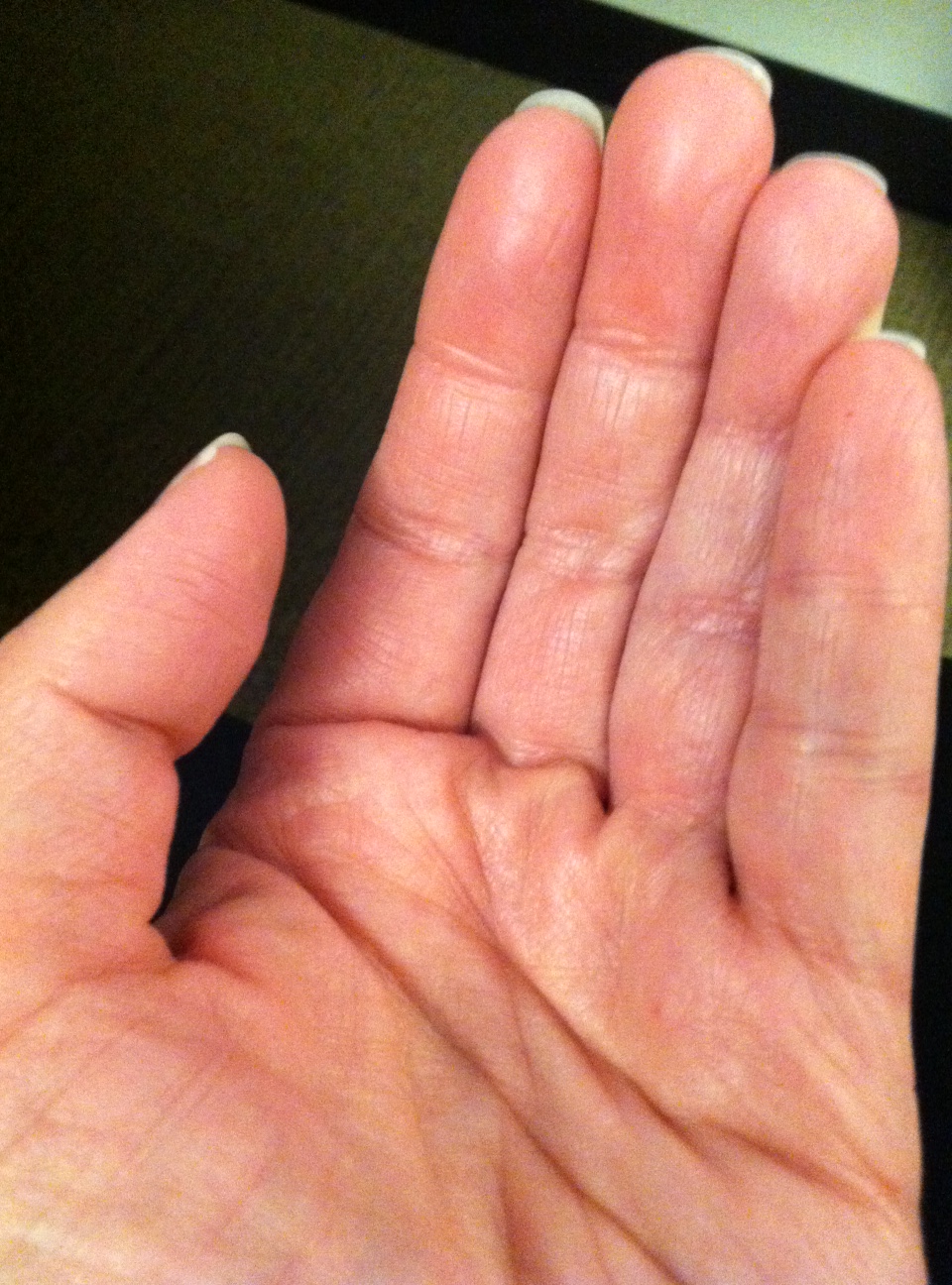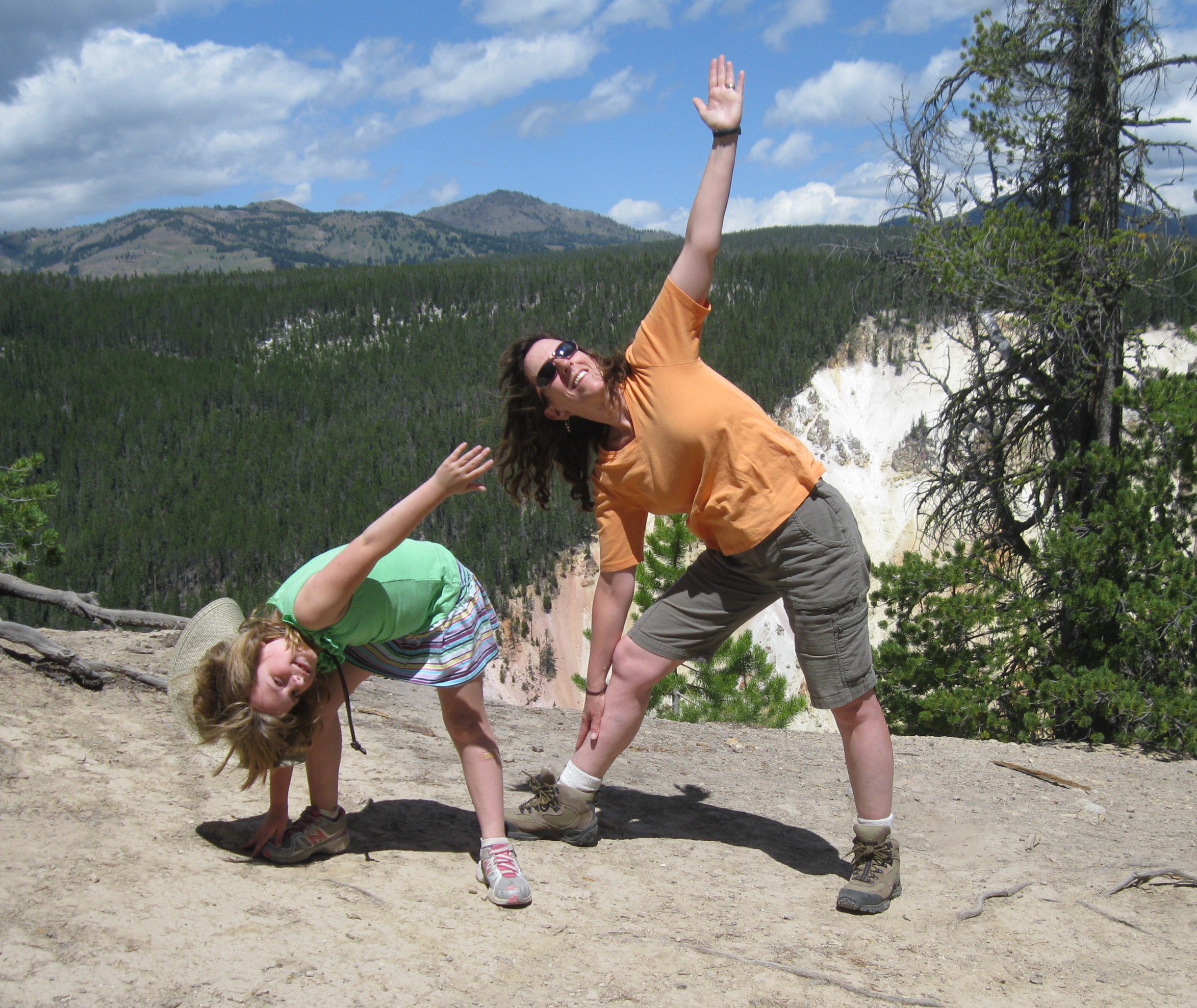Recently, I was navigating to my website using my iPhone’s Safari browser and as I typed the URL a Google search result came up showing the Wikipedia entry for Reiki. It stated that Reiki is “a form of pseudoscientific alternative medicine.” I was so surprised by this statement and have resolved to assist in the editing of it. When I do so, I will be sure to remove the term, “pseudoscience.”
The reason for this is that Reiki is not pseudoscience. In order for it to be pseudoscience, it would have to be based on the scientific method and clearly it is not. As Pamela Miles says so well: Reiki is a spiritual healing practice. I love science and I love Reiki, but they are separate things. I can believe in both and that does not degrade one or the other. Reiki works in the same way that other lifestyle changes work that bring about relaxation, that decrease pain, and improve one’s mood.
As Reiki practitioners, it’s important that we remember, and that we’re clear in our communications, that Reiki is not science. It is not based on the scientific method and yet we know through our experiences and those of our clients that it works and it facilitates the natural healing abilities of the mind, body, and spirit.
How do you talk about Reiki to your friends, family, colleagues, and clients? Are there explanations that you find more effective than others? Share your thoughts in the comments below.
Here are some helpful articles that continue this discussion:
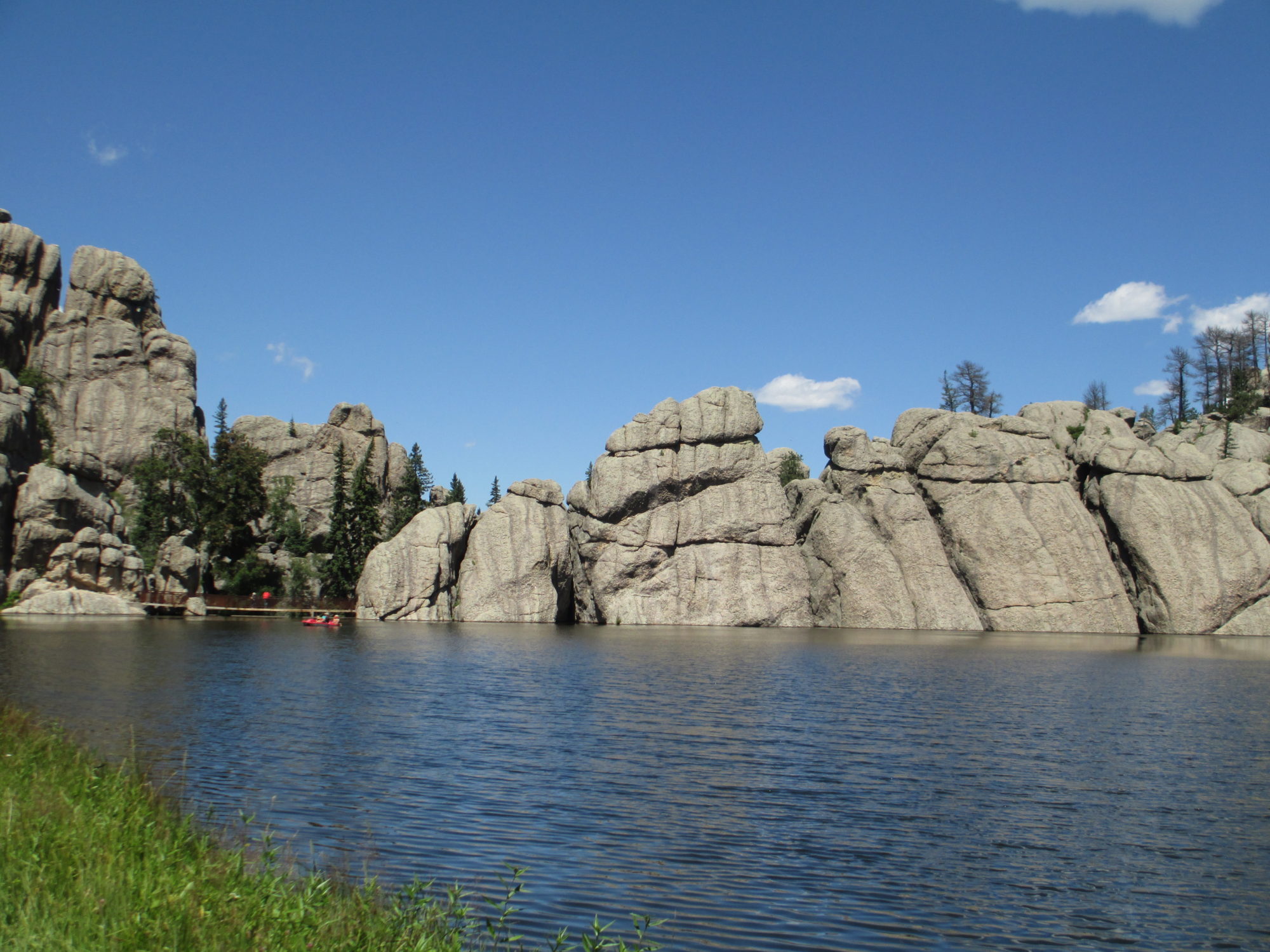
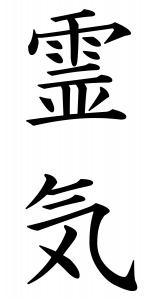 and <that condition>,” so I thought it would be useful to get clear on what Reiki is “for” and what it is “not for.”
and <that condition>,” so I thought it would be useful to get clear on what Reiki is “for” and what it is “not for.”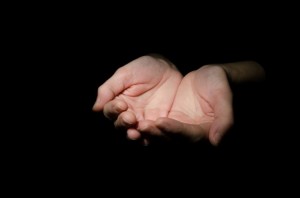 As a Reiki Master Teacher, I’ve noticed that people take Reiki Classes for a wide-variety of reasons. Some people are seeking an addition to their professional practice as a physician, nurse, or therapist. Others are looking for a self-care practice to manage their stress and promote their healthy lifestyle; while some people are inexplicably drawn to the class. They are not sure of the reason that they are there but they are certain it is the right thing to do.
As a Reiki Master Teacher, I’ve noticed that people take Reiki Classes for a wide-variety of reasons. Some people are seeking an addition to their professional practice as a physician, nurse, or therapist. Others are looking for a self-care practice to manage their stress and promote their healthy lifestyle; while some people are inexplicably drawn to the class. They are not sure of the reason that they are there but they are certain it is the right thing to do.